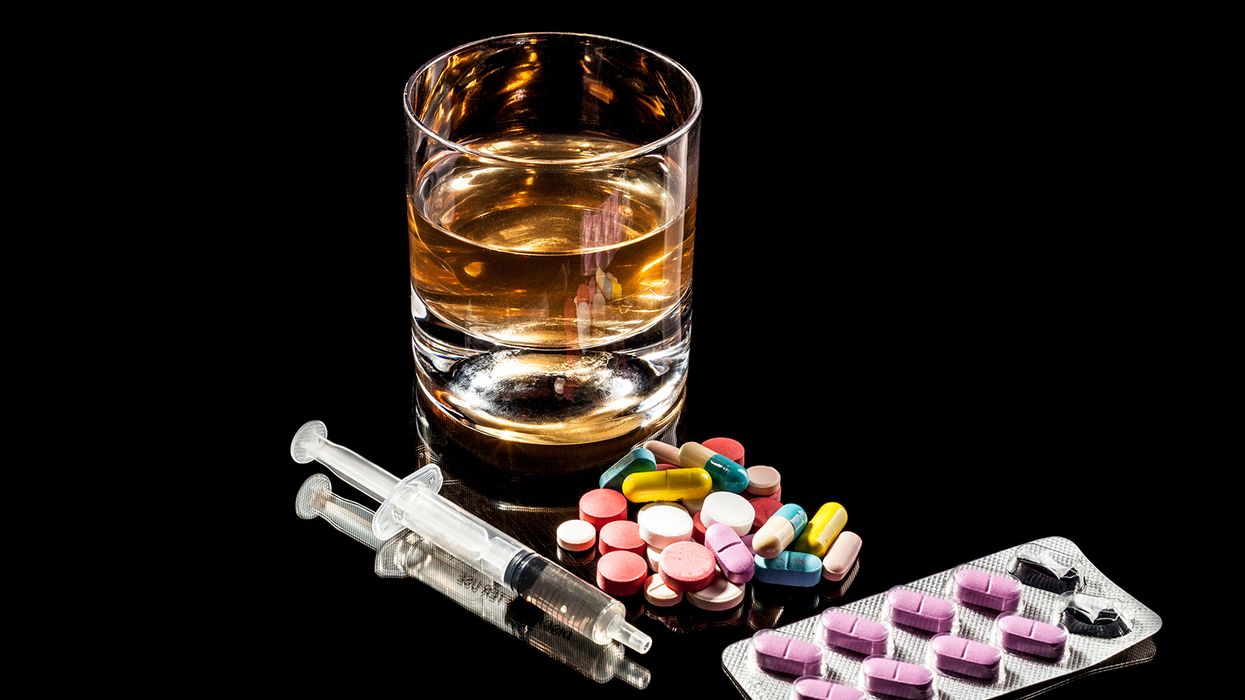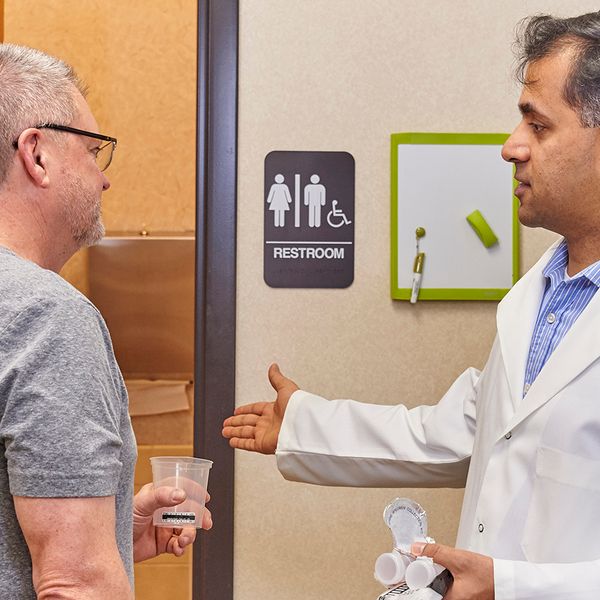Nothing ‘positive’ about it: Failed drug tests up 60%
The number of truck and bus drivers testing positive for drugs and alcohol has jumped significantly, according to the latest figures from the FMCSA.
The data shows a 60-percent jump in failed random drug tests and a 400-percent increase in positive random alcohol tests. Pre-employment and post-accident drug test failures also spiked, but there was one bright spot: positive post-accident alcohol tests fell by 75 percent.
Pandemic not to blame
Before you blame the increase on the COVID-19 pandemic, note that the increase took place in 2019, before the virus began to spread. That was also a year when random drug testing was required of only 25 percent of drivers, rather than the current 50 percent.
The following estimated results are based on a survey of over 9,500 randomly selected motor carriers subject to the FMCSA’s testing rules in 49 CFR Part 382.
The FMCSA says the increase in positive test results is noteworthy, and it will be looking to increase enforcement of the drug and alcohol prohibitions.
| Drug usage rates | |||
| Test Type | 2017 | 2018 | 2019 |
| Random | 0.8% | 1.0% | 1.6% |
| Pre-employment | 1.5% | 1.4% | 1.9% |
| Post-accident | 3.4% | 1.4% | 5.8% |
| Alcohol usage rates | |||
| Test Type | 2017 | 2018 | 2019 |
| Random | 0.08% | 0.06% | 0.3% |
| Post-accident | 0.1% | 0.2% | 0.05% |
Will testing rates be affected?
Survey results like these can affect the random drug and alcohol testing rates, but those rates should not be changing anytime soon.
- The random drug testing rate has been at 50 percent since 2020 and, under current regulations, cannot go higher.
- The random alcohol testing rate — currently at 10 percent — will go up only if the positive test rate climbs to 0.5 percent (the latest result is 0.3 percent).
What can you do?
It’s a good time to remind drivers of the many consequences of failing a drug or alcohol test, including:
- Mandatory removal from all safety-sensitive functions,
- Potential fines for roadside violations,
- Listing in the Drug & Alcohol Clearinghouse,
- CDL disqualification,
- Loss of job opportunities and income,
- Having to pay for an expensive treatment program, and
- Months of follow-up testing upon returning to driving.
In addition, consider offering refresher training to supervisors on “reasonable suspicion” testing. Such training is mandatory under §382.603 for anyone who supervises drivers, but it only has to be offered once. With an apparent increase in drug and alcohol use among drivers, supervisors may need a refresher on how to spot those who are violating the rules.
Finally, consider a driver wellness program that can help drivers avoid drugs and alcohol altogether. Such programs can help drivers maintain a healthy lifestyle, stay mentally and physically fit, and avoid risky behaviors.
Key to remember: The latest FMCSA data show a big increase in positive drug and alcohol testing rates among commercial drivers. Make sure your drivers know the consequences of a failed test, and that your supervisors are properly trained.
The drug of choice? Marijuana. Positive marijuana tests have made up more than 53 percent of the total failed drug tests reported to the Drug & Alcohol Clearinghouse since it opened in early 2020.



















































